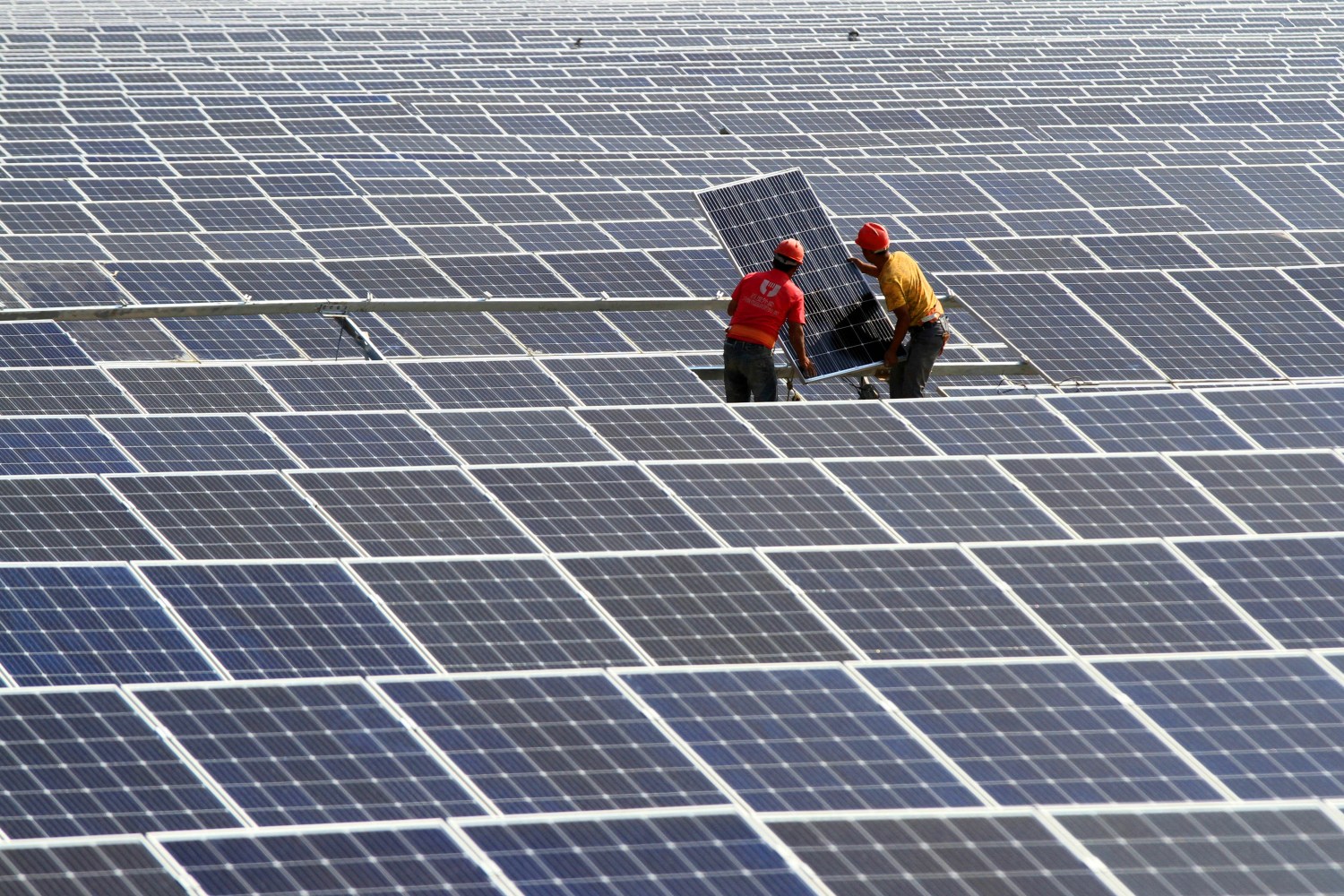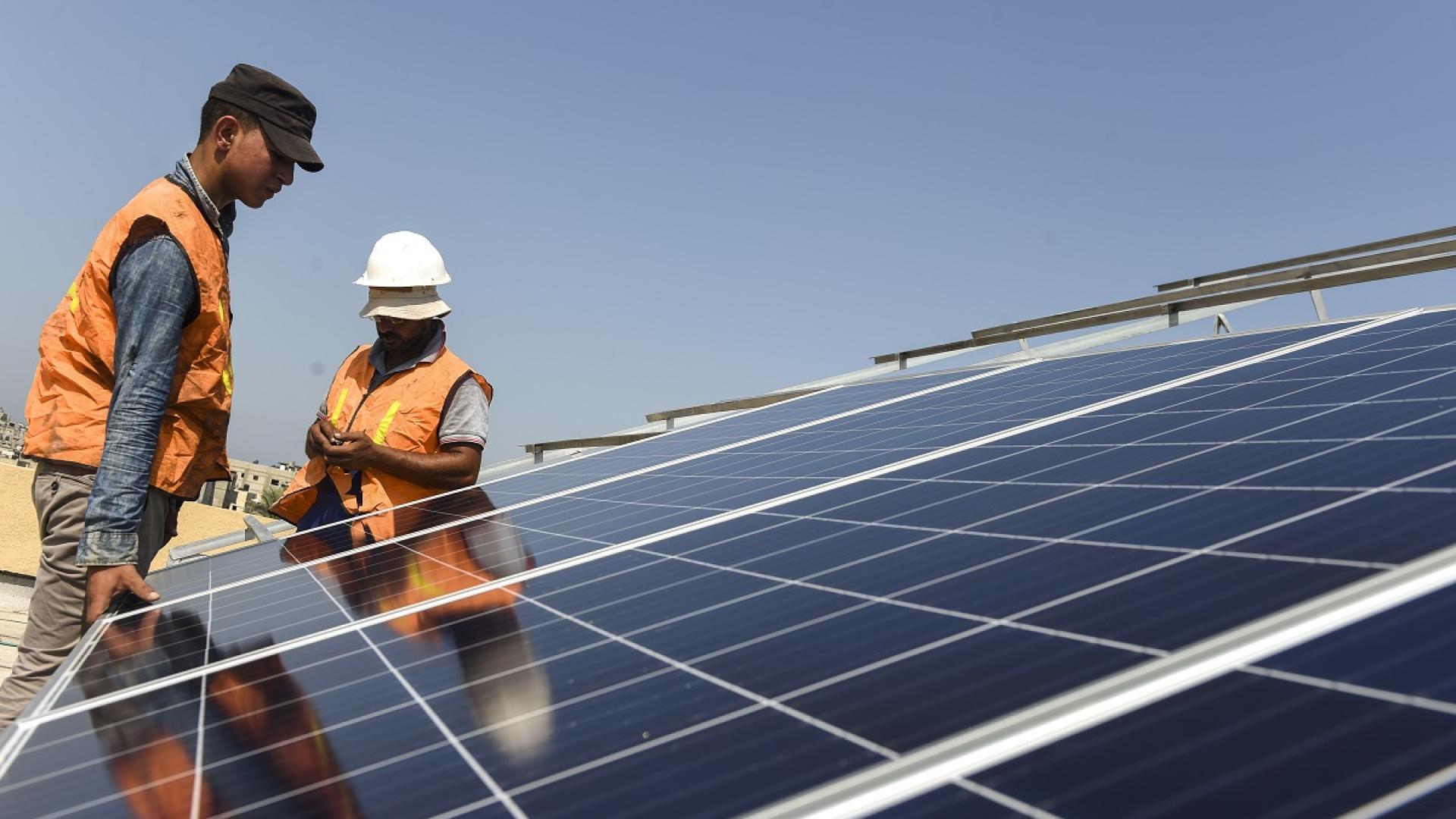Unlocking the Potential: How Financial Incentives Can Drive Power Sector Reforms in FY 2023-24

Unlocking the Potential: How Financial Incentives Can Drive Power Sector Reforms in FY 2023-24
The main goals of providing financial incentives are to boost the sector’s operational and economic efficiency and encourage a steady rise in paid power usage.
In a significant push towards transforming the power sector in India, the Centre has taken a substantial step by announcing financial incentives worth Rs 1,43,332 crore for states in the fiscal year 2023-24. This move aims to encourage and support forms in implementing crucial reforms in the power sector, ensuring improved efficiency, enhanced service delivery, and a sustainable energy future for the country.
These incentives demonstrate the government’s commitment to fostering a robust and resilient power sector that can meet the growing energy needs of India.
On Tuesday, the central government provided financial incentives to states through increased borrowing approvals for improvements to the electricity industry.The finance ministry released a statement with the objective of encouraging and aiding states in their efforts to improve the efficiency and performance of the electricity sector.For the fiscal year 2023–2024, the government has set aside Rs. 1,43,332 crore as a financial incentive. Previously, Rs 66,413 crore was approved for the 2021–2022 and 2022–2023 changes.
The finance minister, Nirmala Sitharaman, has revealed the Union Budget for the fiscal year 2021-2022. As part of the initiative, states are permitted to borrow up to 0.5% of their Gross State Domestic Product (GSDP) every year for the upcoming four years (2021-2024).The governments must execute specific changes in the power industry before opening this new financing window.

The announcement states that each state is given a different amount as a financial incentive to start the reform process: “States can continue to use the facility of extra borrowing tied to power sector reforms in the financial year 2023–24. States would be offered a sum totalling Rs. 1,43,332 crore as an incentive to implement these changes in 2023–2024. According to the statement, states that can finish the reform process in the current fiscal year may also benefit from the additional borrowing set aside for 2023–24.

The primary objectives of providing financial incentives are to boost the sector’s operational and economic efficiency and encourage a steady rise in paid power usage. State governments must implement several necessary reforms and fulfil predetermined performance goals to qualify for the incentives. While this is happening, the Ministry of Power acts as the focal ministry for evaluating state performance and determining whether or not to give additional borrowing approval.
The power sector in India plays a vital role in driving economic growth, powering industries, and improving the standard of living for millions of people. However, it has faced numerous challenges, such as inadequate infrastructure, transmission and distribution losses, financial stress, and environmental concerns. Recognizing the need for reforms, the government has been undertaking several initiatives to address these issues and bring about positive change in the sector.

In order to speed up power sector reforms, the government has assigned Rs 1,43,332 crore as financial incentives for states in the upcoming fiscal year 2023-24.These incentives will be distributed based on specific reform milestones each state achieves. The financial assistance will help states to overcome financial constraints and implement necessary measures to improve the overall performance of their power sectors.
Critical Areas of Reforms:
The financial incentives provided by the Centre are intended to incentivize reforms across various aspects of the power sector. Some of the critical areas of focus include:
1.One of the main problems in the power sector is the loss of electricity : During transmission and distribution, as well as theft and inefficiencies. This is known as Aggregate Technical and Commercial (AT&C) losses. To address this issue, states will be encouraged to update infrastructure, use innovative grid technologies, and improve metering and billing systems to reduce AT&C losses.
- Implementation of prepaid smart metering: Prepaid intelligent metering systems enable consumers to monitor and manage their electricity consumption effectively. States will be incentivized to install these advanced metering systems, promoting transparency, reducing energy theft, and enhancing revenue collection efficiency.
- Promoting renewable energy integration: With India’s commitment to clean and sustainable energy, promoting renewable energy sources is crucial. States will receive incentives for promoting renewable energy generation, including setting up solar and wind power projects, encouraging energy storage solutions, and implementing policies to facilitate renewable energy integration into the grid.
- Strengthening power distribution companies (DISCOMs): DISCOMs have been grappling with financial losses, adversely affecting their operational efficiency. Financial incentives will be provided to states that undertake measures to improve the financial health of DISCOMs, such as reducing the gap between average cost and average revenue, implementing tariff reforms, and promoting energy conservation.

Benefits and Impacts:
The financial incentives offered by the Centre will have several positive impacts on the power sector and the overall economy:
- Enhanced power infrastructure: The reforms incentivized by the Centre will drive investments in power infrastructure, including the modernization of transmission and distribution networks, leading to improved reliability and efficiency in the power supply.
- Reduced losses and improved revenue: Implementing reforms in areas like AT&C loss reduction, prepaid smart metering, and DISCOM financial restructuring will help states reduce losses, improve revenue collection, and enhance the economic viability of the power sector.
- Accelerated renewable energy adoption: The incentives for promoting renewable energy will encourage states to invest in clean energy sources, reducing dependency on fossil fuels, mitigating climate change, and fostering sustainable development.
- Economic growth and job creation: A robust and efficient power sector is crucial for supporting industrial growth and attracting investments. The reforms will create a favourable environment for businesses, leading to job creation and economic development.

The Centre’s decision to provide substantial financial incentives worth Rs 1,43,332 crore to states for power sector reforms in FY 2023-24 marks a significant step towards achieving a modern, efficient, and sustainable power sector in India. By encouraging reforms in critical areas such as AT&C loss reduction, prepaid smart metering, renewable energy integration, and DISCOM restructuring, the government aims to transform the power sector, ensuring reliable and affordable electricity for all while contributing to India’s clean energy transition and overall economic growth.





